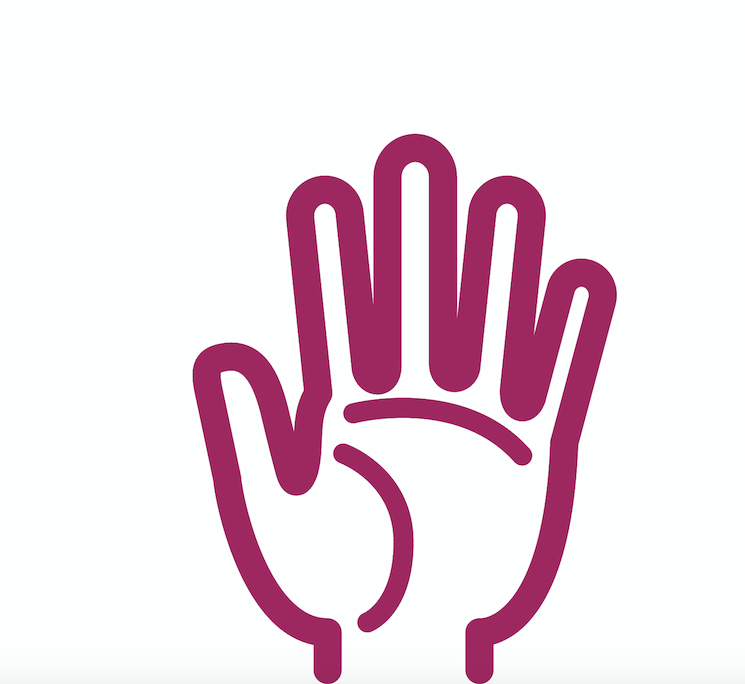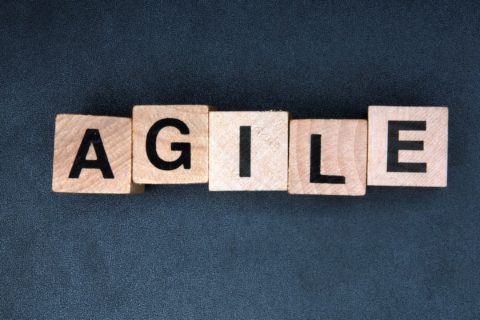By Marina Cozzika
On my way to ESOMAR’ sensory forum perched on high heels, trying to avoid the pitfalls of Paris’ pavements, holding a hot cup of tea with one hand while texting with the other, smelling with envy hot croissants and bread just baked, annoyed by the sound of cars passing by and enjoying the wonderful view of the Eiffel Tower against a clear blue sky, I thought to myself that Paris was the perfect city to enjoy a multi-sensory experience. My senses were stimulated, working in synaesthesia, an experience that lasted all day at the ESOMAR sensory forum. The day promised “an open dialogue for insight specialists and sensory scientists to connect and exchange innovations across methodologies and marketing, all geared to demonstrate the business impact of uniting multi-sensory expertise”. Did it live up to its promise?
Methodologies: Where we are now, challenges and opportunities
We started the day with Herb Meiselman who gave us a good view on how sensory and marketing have evolved throughout the years from where we are now, the challenges and opportunities we have as an industry. He stressed that we have to keep a balance between laboratory research and real-life research. Clearly it’s a difficult path to walk in sensory as both controlled studies and real life testing bring complimentary diagnosis. So is one more right than the other? Furthermore, the industry has changed a lot with the internet and the growth of home-use testing. He also pointed out that we need to develop methods that work globally and in the process identify local consumer issues, whilst uncovering global solutions, not an easy task.
Another key issue in sensory highlighted by Herb is the use of trained panels vs consumer panels. Whilst trained panels will contribute with clarity thanks to their rich semantic stock of sensory descriptors, they shall not be the reference for hedonistic scores. This is when consumer panels are needed. The situation is now in a state of flux as new groups of statistically based methods are making consumers panels more applicable. Companies are now testing consumer panels for sensory descriptions and trained panels are being asked to predict the liking scores of consumer panels. Herb Meiselman does not know how it will all turn out. What’s clear however is that now broader measures are being used like “satisfaction”. An encouraging shift as the industry is getting deeper into emotion measurement.
After Herb’s fundamental presentation, followed a flourish of complementary papers and discussions. Diana Derval of DervalResearch regaled us with a 360° presentation that covered – in a most entertaining way – all senses. Specific sense experts followed, from sound with Laurent Cochini of Sixième Son, to scent with Arnaud Montet of IFF, to Massimo Cealti the voice of the consumer or as he described himself, the dark side of the force, culture, and an original and innovative approach to sensory matters through a semiotic perspective by Fiona McNae of Space Doctors who uses culture to make sense of the world around us.
Connecting culture and sensations
Fiona McNae’s presentation brought us back to the importance of popular culture, an importance currently seized by two fascinating exhibitions currently taking place in London, the Tate Sensorium that draws together experts in sound, taste, scent and touch to bring the visitor a multi-sensory experience linked to four paintings, and the Alcoholic Architecture where you can walk through a cloud of gin tonic (note to myself, plan a trip to London!). Our industry saw a shift from the corporeal, the physicality of sensation, towards the abstract, but now it’s shifting back to the corporeal. A brand only exists in the heart and mind of the consumer through the senses: how it looks, how it smells, how it talks… Lush is a good example of a brand cohesive from the way it was designed, the way you are welcomed into the store, the sound you hear, the service you get…and on the receiving end of the brand experience. Why is it a success? The more sensory you put in your brand, the more likely you are to connect with your consumer. You will build stronger memories, rituals, recognition and in the end, preference.
We were further enlightened through concrete case studies that respectively encompassed all senses.
Taste
 We learnt that taste is an important sense as the taste buds on our tongue determine the love/hate relationship we have with food and beverages. Some of us have 10 taste buds, some have 1000, they determine the intensity of taste that we experience and divide us into three profiles, the super taster, the medium taster and the non tester. Diana Derval used a Red Bull case study to make her point. The brand first targeted night-clubbers but soon found out that 70% of their cans were sold at extreme sports events. Research showed that most participants had a strong immune system (so they are “extreme sports” ready), which makes them non tasters and appreciate Red Bull. People with weak immune system have super taste buds and seem most likely not to like Red Bull.
We learnt that taste is an important sense as the taste buds on our tongue determine the love/hate relationship we have with food and beverages. Some of us have 10 taste buds, some have 1000, they determine the intensity of taste that we experience and divide us into three profiles, the super taster, the medium taster and the non tester. Diana Derval used a Red Bull case study to make her point. The brand first targeted night-clubbers but soon found out that 70% of their cans were sold at extreme sports events. Research showed that most participants had a strong immune system (so they are “extreme sports” ready), which makes them non tasters and appreciate Red Bull. People with weak immune system have super taste buds and seem most likely not to like Red Bull.
Sound
The function of sound is important to create an emotional connection with a brand. Laurent Cochini of Sixième Son presented an interesting case study, the audio branding work they did for SNCF France’s national railway company. Hear it here. Four year after the launch, research shows an impressive brand attribution. 92% respondents recognize the brand after hearing the Audio logo, 88% recognize it after just two notes, 71% feel attracted/very attracted to the brand.
Sight
Our eyes have many receptors but all are not equal and depending on how much we have, we perceive color or contrast differently and with more or less subtlety. Research done by Derval for Ubisoft’ Assassin’s Creed to understand the profiles of gamers showed that gamers see very well contrast and the nuances of the same color. So Ubisoft found out that there was no need to add too much color to their videogames.
Smell
Arnaud Montet of IFF raised the question of how to bring rationality into the emotional world of fragrances with the Aqua di Gioia case study. The brief was to develop a feminine fragrance under the umbrella brand of Aqua di Gio. The concept was to convey joyfulness. The challenge was to maintain a level of freshness and create something engaging. IFF’s strategy was to connect with the consumer, to define it and translate it into an olfactive signature using qualitative research to define the emotional territories of freshness. The result: a success story.
Touch
We all have sensors located in the lines in our hands and in our body. This enables us to perceive touch, renders us sensible to cold or heat… we all produce vibrations that we perceive through our hands and process with our senses. There are three types of touch profiles: the super vibrator, the medium vibrator and non vibrator. If you are a super vibrator, chances are you need to touch to feel the product because of the sensitivity of your skin. A make-up brush by Sephora was first presented in a packaging that didn’t allow consumers to touch it. It did not sell! Research showed that consumers needed to touch the bristles to experiment the thickness of the brush. So packaging was changed.
All these examples and explanations have left my brain buzzing and my senses more alert to decode my environment. Sensory marketing and by extension sensory research clearly need to be championed by brands and manufacturers. They clearly leave a strong imprint.
Marina Cozzika, Added Value, France






